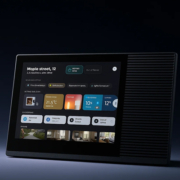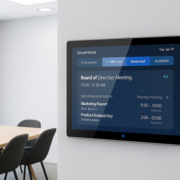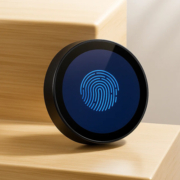Developing a Smart Home Touchscreen Control Panel
In today’s rapidly evolving technological landscape, smart home systems are transforming the way we interact with our living spaces. One of the most essential components of a smart home is the touchscreen control panel, which acts as the central interface for managing everything from lighting and climate control to security systems and entertainment devices.
Developing a smart home touchscreen control panel that is both functional and intuitive requires a combination of hardware, software, and user experience (UX) design expertise. In this article, we will explore the key considerations when developing a smart home control panel, the features that make it a powerful tool, and how companies like Portworld provide tailored solutions for this growing market.
Key Considerations When Developing a Smart Home Touchscreen Control Panel
Developing an effective and reliable smart home touchscreen control panel is a challenging but rewarding endeavor. Here are the key factors to keep in mind during the design and development process:
1. User Interface (UI) and User Experience (UX) Design
The user interface (UI) and user experience (UX) are at the heart of any touchscreen control panel. An intuitive, visually appealing, and easy-to-navigate UI ensures that users can control their smart devices without frustration. The UI should be responsive, offering smooth interaction with controls and providing clear, accessible information.
A few key design principles to follow when developing the UI/UX include:
- Simplicity: Keep the interface clean and uncluttered. Use large buttons, easy-to-read fonts, and well-organized sections.
- Responsiveness: Ensure that the touchscreen is highly responsive to touch gestures such as taps, swipes, and zooms.
- Customizability: Offer users the option to customize the dashboard to suit their preferences, such as changing themes, rearranging device controls, or creating personalized settings.
- Feedback: Provide clear visual and auditory feedback when users interact with the controls to make the system more intuitive.
Portworld’s smart home control panels support full UI/UX customization, allowing businesses to tailor the panel interface to their specific needs, branding, and user preferences.
2. Connectivity and Compatibility
A smart home control panel needs to seamlessly communicate with a variety of smart devices and platforms. The control panel should support multiple connectivity standards such as:
- Wi-Fi: For direct communication with Wi-Fi-enabled devices like lights, thermostats, and cameras.
- Zigbee and Z-Wave: Low-power, mesh networking protocols for controlling smart lighting, sensors, and locks.
- Bluetooth: For pairing with Bluetooth-enabled devices like speakers or health sensors.
- Ethernet (PoE): Power over Ethernet (PoE) ensures that the control panel receives both power and data through a single cable, simplifying installation.
- Voice Assistants (Alexa, Google Assistant): Integrating voice control allows for hands-free management of the smart home system.
Ensuring that the smart home control panel is compatible with a wide range of devices is essential for creating a versatile solution. The Portworld control panels support multiple protocols, allowing users to easily integrate a variety of smart home devices into their ecosystem.
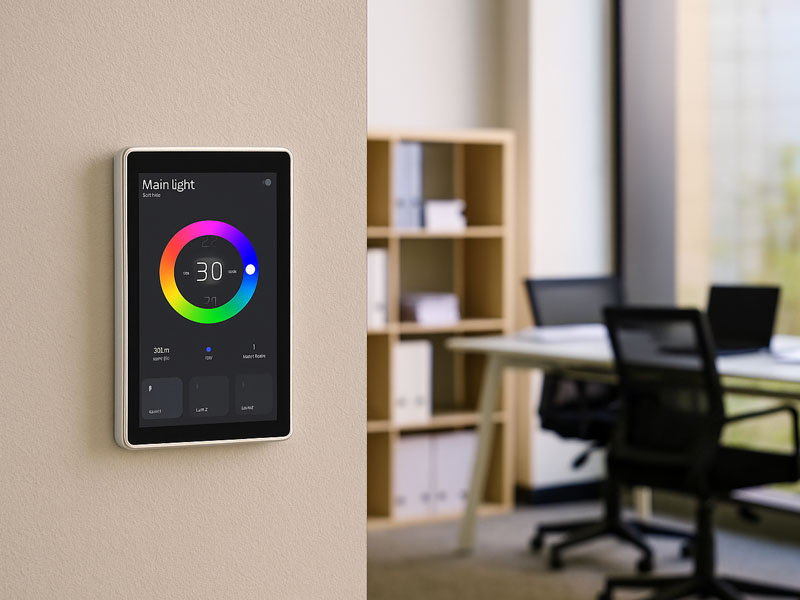
smart control panel
3. Hardware Performance
The performance of the hardware is crucial for ensuring that the touchscreen control panel is both fast and reliable. Key hardware considerations include:
- Processor: A high-performance processor is essential for smooth operation, especially when running multiple applications or controlling numerous devices simultaneously. Portworld’s control panels often feature quad-core processors like the RK3568 and PX30, providing the necessary processing power for seamless performance.
- Display: The display should be clear and bright, with high resolution and touch sensitivity. Many smart home control panels feature capacitive touchscreens that provide multi-touch functionality and are highly responsive to user gestures.
- Memory and Storage: Adequate RAM and storage capacity are essential for smooth multitasking and storing app data or custom configurations. For example, Portworld offers smart panels with 2GB RAM and 16GB ROM (with options to expand storage), providing enough resources for a wide range of applications.
- Durability: Smart home panels should be durable enough to withstand everyday use. The materials used for the panel casing should be robust, and the screen should be resistant to scratches and smudges.
Portworld’s products, including the YC-SM41P and YC-SM1011, provide durable and high-performance hardware solutions that meet the demands of modern smart homes and businesses.
4. Security and Privacy
As more devices in the home become interconnected, security becomes an increasingly important concern. A smart home control panel must be designed to protect user data and prevent unauthorized access to the home automation system.
Key security features to include are:
- Encrypted Communication: Ensure that communication between the control panel and connected devices is encrypted to prevent hacking or eavesdropping.
- User Authentication: Implement robust authentication methods such as passwords, PIN codes, or biometric identification (fingerprint or facial recognition) for accessing the control panel.
- Secure Cloud Storage: If the control panel relies on cloud-based services, ensure that the cloud storage provider offers robust security protocols like end-to-end encryption.
Portworld’s smart home control panels offer advanced security measures, ensuring that user data is protected and that the system is secure from unauthorized access.
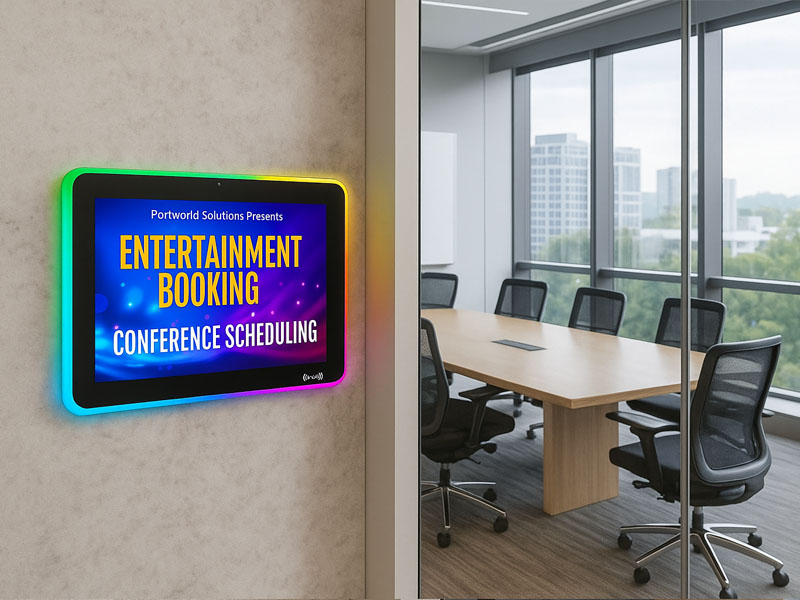
yc-l156 Meeting Room Display Panels
5. Integration with Third-Party Services
In addition to managing smart home devices, the control panel should also be able to integrate with other services, such as:
- Voice Assistants: Integration with Amazon Alexa, Google Assistant, or Apple Siri allows users to control their smart devices through voice commands.
- Home Automation Systems: The control panel should be compatible with existing home automation platforms, such as SmartThings, Apple HomeKit, or IFTTT, to allow for more advanced automation and connectivity.
Portworld’s OEM/ODM solutions ensure that their smart home control panels can easily integrate with third-party platforms, providing an adaptable and customizable experience for customers.
Features of Portworld’s Smart Home Control Panels
Portworld offers a wide range of smart home control panels, including models such as the YC-SM41P, YC-SM1011, and YC-P5. These products come with a variety of features and benefits that make them ideal for modern home automation systems:
- Multi-OS Compatibility: Support for Android, Linux (Ubuntu/Debian), and Windows, allowing for greater flexibility and customization options.
- Seamless Integration: Full compatibility with Wi-Fi, Zigbee, Bluetooth, and PoE, ensuring that the control panel can connect to virtually any smart device.
- Customization Options: Portworld offers OEM/ODM services for custom hardware and software solutions, including UI design, branding, and packaging to meet specific needs and preferences.
- Global Supply and Technical Support: Portworld provides global logistics and after-sales support, ensuring that smart home control panel solutions are accessible and reliable worldwide.
Developing a smart home touchscreen control panel is an exciting and complex challenge that requires careful attention to hardware, software, user experience, and security. By considering these key factors and leveraging the right technology, businesses can create intuitive, powerful, and secure systems that simplify the management of connected devices in homes and commercial spaces.

